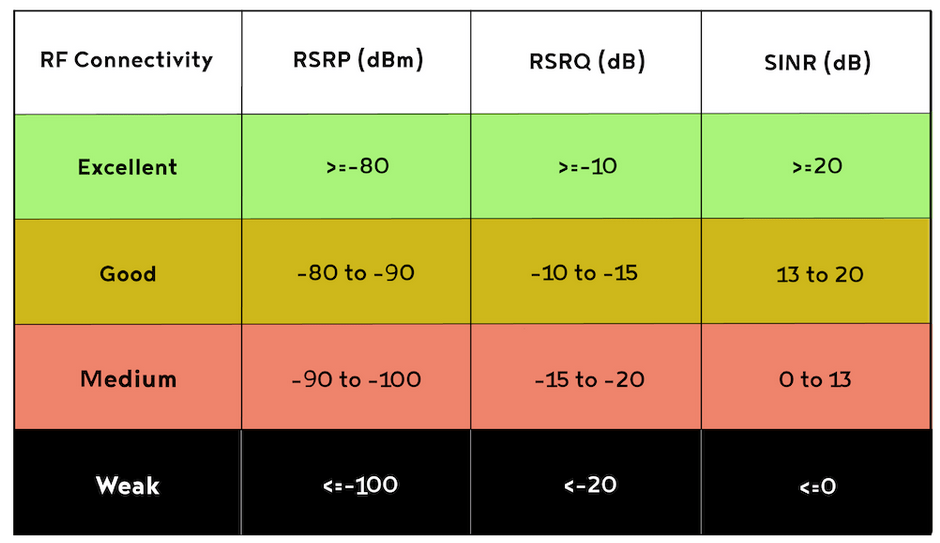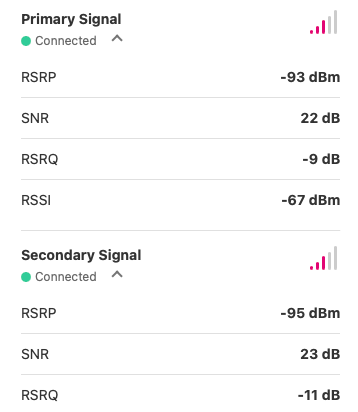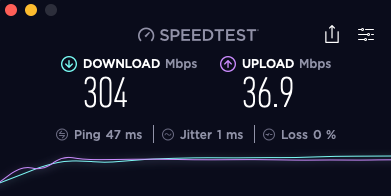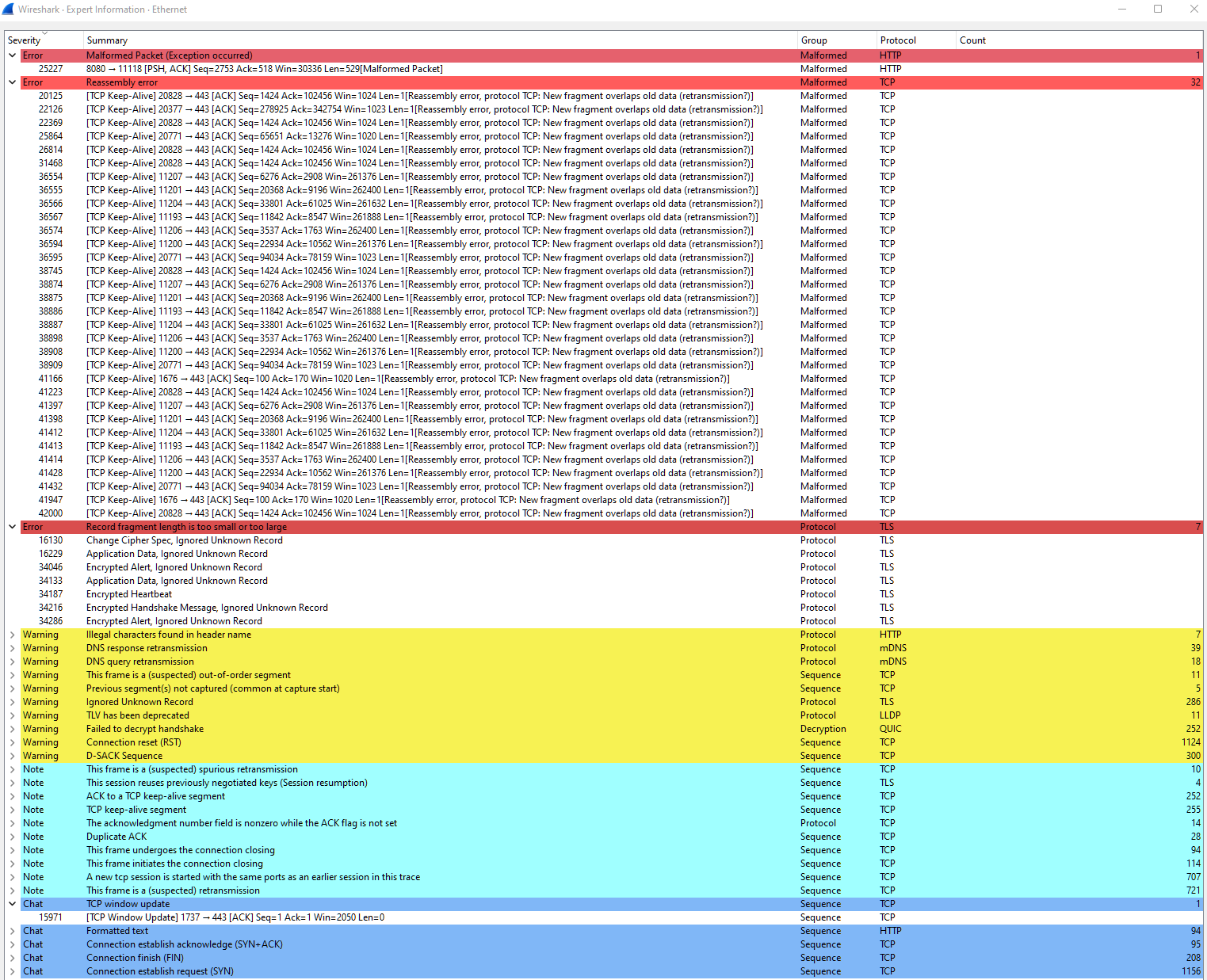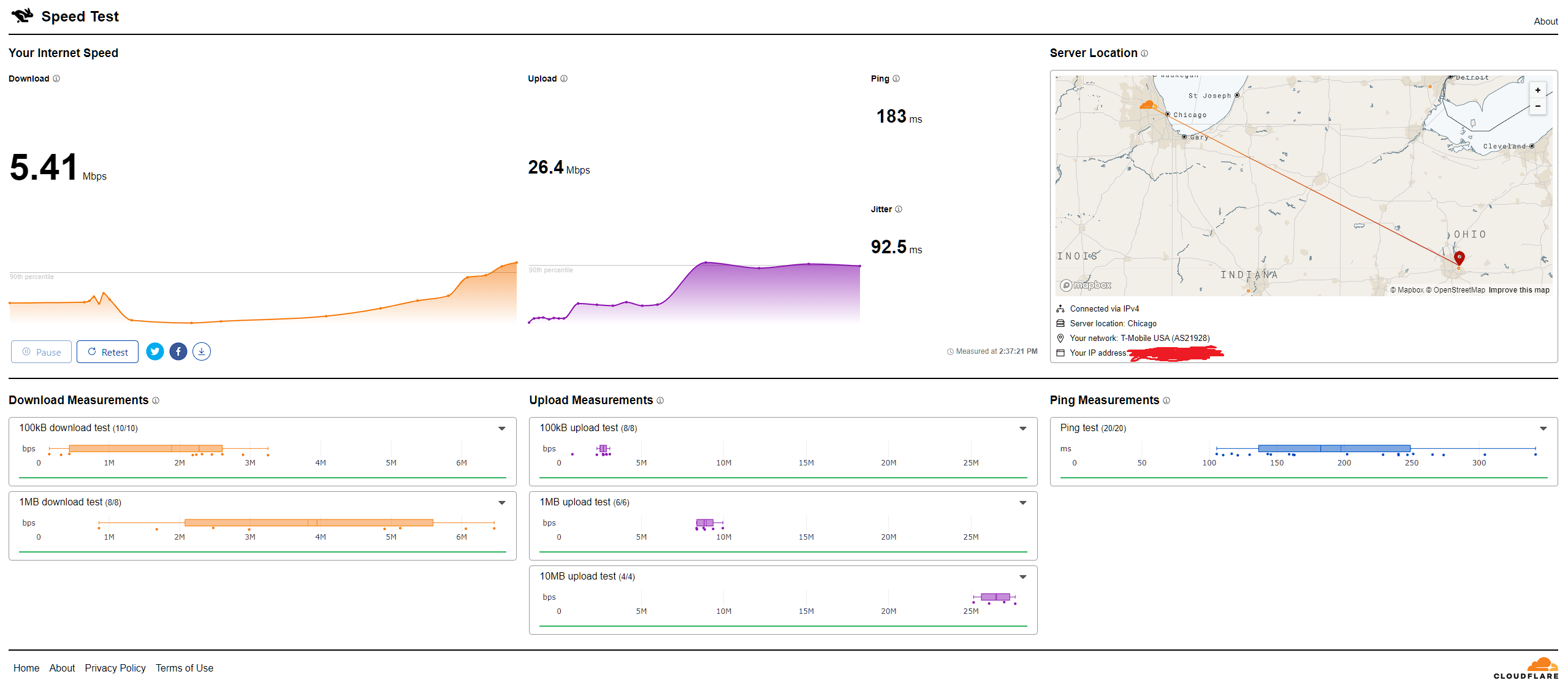I just got this tmobile home internet last monday and for two days it was amazing and then someone started messing with the settings to make it worse by alot.
One thing they did was change the TCP so any new connection starts out with a very slow download and then it ramps up to better speeds, i can only get full speeds on a download service like steam now, webpages use next to no download speed and if you have auto quality enabled or you can’t choose a video quality for a video, all videos on computer and TV start out at like 160p and then go up to 720p or more after a while.
Next they keep overloading my router settings to force me on to other bands and to slow down my speeds the speed test pings are in the 180s, and they over amplify the sinr it was normaly 12-15 for days and they overload it to 40 to make it slower i was getting 168 mbps downloads maxed with a 70 ping, now its around 100mbps but the pings and the TCP ramp up change really degrade quality of the internet
the cell tower on cellmapper.net is eNB ID 102529 - LTE
i have included a image of the signal quality changed by someone before and after a reboot

Best answer by iTinkeralot
View original



